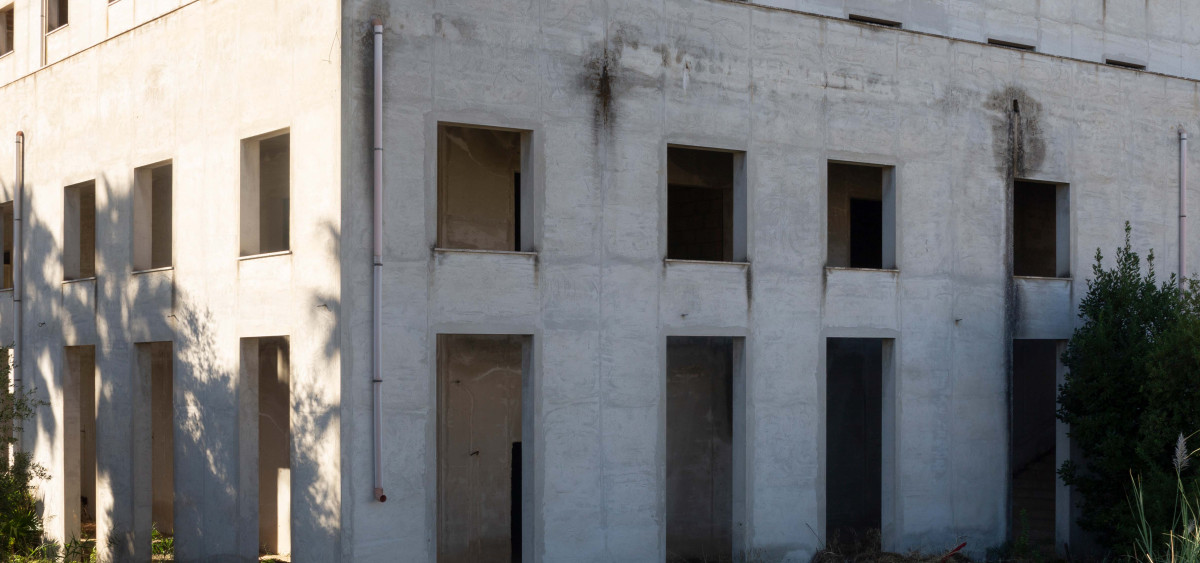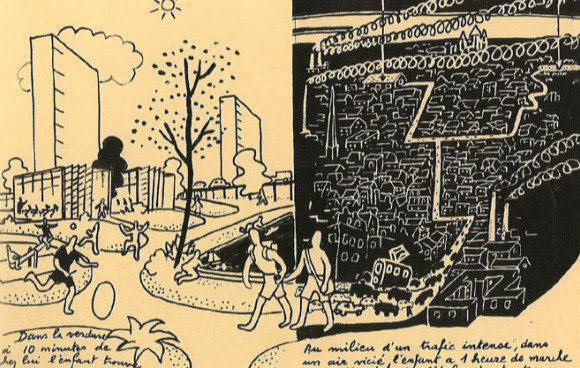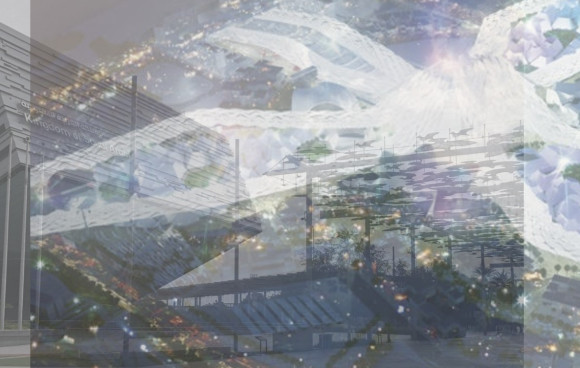Integrierter Entwurf
PROJECT(S) OF ANAMNESIS: Retrofitting Palermo
The Kalhesa ruling class has never renewed the city. It has patched it up, shored it up, clogged it and always, in any case, exploited it. That is why the layers are much more numerous than in any other city, and they are not overlapping but interpenetrating. The circumstance is exceptional, as if the seven cities of Troy instead of one on top of the other had all been found in one. And it is an exceptionality that makes it very difficult to untangle the environmental disaster, but also gives a glimpse of the extraordinary solutions that could result from such a complex and unusual intersection of images. We keep hearing that huge resources are available. Then, perhaps, if there were a political will and an un-resigned culture, this putrescent and pernicious archaeological map could be transformed into a stimulating and vital place.
Giancarlo De Carlo, Il Progetto Kahlesa (1995)
Between 1979 and 1982, architects De Carlo, Di Cristina, Sciarra Borzi and Samonà were commissioned to propose a revitalization plan for the historic center of Palermo. Chronicled in the journal Il progetto Kalhesa written by Giancarlo De Carlo under the
pseudonym Ismé Gimdalcha, the architect recounts his challenging Sicilian experience: he frequently contemplates abandoning the so called "Piano Programma” project, yet he perseveres in his vision for a more promising future for the city.
The project aimed to define a set of criteria in order to read Palermo’s intricate morphology, defining possible interventions that could act against the bad governance of the city. The “Piano Programma” was never implemented, as many other precious proposals made from the 50s on, embodying a perpetual unaccomplished promise to the city. The phenomenon of the unfinished and abandoned, represents a distinctive feature within Palermo's architectural landscape, particularly evident in its city center.
After the devastations of World War II and the dramatic effects of the Belice earthquake in 1968, many structures within the historical center were classified as unsafe for habitation, pushing the displacement of residents to the city's new developments, encouraging a massive urban speculation, the so called Sacco di Palermo. In 2018, throughout the curatorial analysis commissioned to the architecture practice OMA by Manifesta12, a great number of abandoned buildings (around 181) in the city center were mapped, ranging from beautiful palazzos to industrial structures. How does the relationship between Palermo's historical context, prospective developments, and changing urban landscape contribute to the course of its architectural evolution? How could a project for the city respond to contemporary challenges such as growing migration waves and climate change?
Over the centuries, the island's strategic position in the Mediterranean contributed to make it an ideal crossroads for commercial and cultural exchanges, and the homeland of numerous civilizations (Phoenicians, Greeks, Byzantines, Romans, Arabs, Normans, Spanish, and many others). The profound cultural stratification and the massive waves of migration towards the island have transformed Sicily into a unique mosaic of architectural fragments and identities.
From the epoch of the Norman domination and up until the XVIII century, noble villas and palaces in Palermo have become meaningful architectural representations of the power and cultural shifts in the Sicilian territory. Over the centuries, these aristocratic residencies, have incorporated different architectural necessities and principles, displaying an heterogeneous portrayal of the island’s tradition. The proliferation of palaces and villas around Palermo is not just a mere expression of individual family’s opulence, it also symbolizes a desire to rejuvenate the city in response to the countless crisis of identity and authority it has endured over time. The incandescent years of the Sacco di Palermo, between the 50s and the 70s, lead to an inconsiderate allotment of the northern part of the city, destroying a great number of historical villas and their adjacent parks. While reflecting of these amazing and diverse models of inhabiting the Palermitan landscape, we will address more contemporary questions concerning what it means to choose and to live this territory.
12h, 15 ECTS
Wednesday 04.10.2023 09.00 am
WEEKLY MEETINGS
Wednesday all day (Laboratory)
occasional appointments on Wednesday (Exchange with other studios)
MODUS
hybrid
LANGUAGE
English/German





